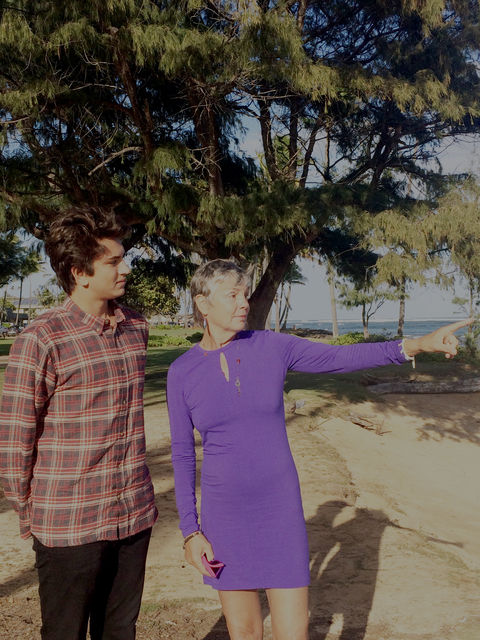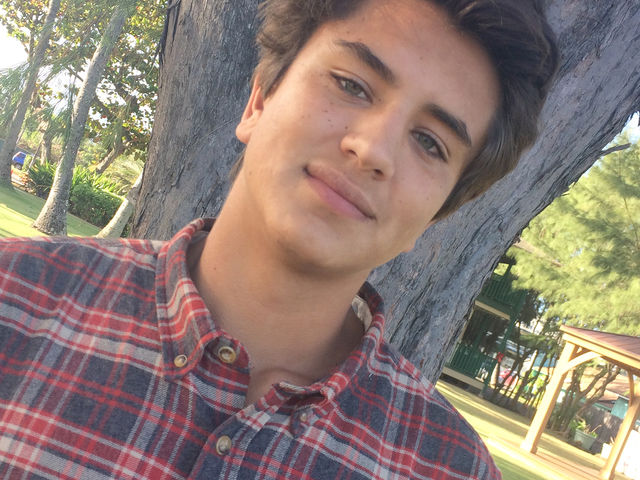KAPAA — There’s another set of hands working in Katherine Muzik’s underwater coral garden named Mala Moana, or “Ocean Garden,” in Hawaiian.
The site is in front of Hotel Coral Reef, just over 300 feet from shore, where Muzik has transplanted fragments of living coral under a permit from the state’s Department of Land and Natural Resources.
The marine biologist got the permit to transplant the corals from January 2015 to December 2015. The last coral she planted was on Dec. 31, 2015.
“Now, nearly a year later, it’s still alive and well,” Muzik said.
And while she works on renewing the permit so she can continue transplanting the “corals of opportunity,” Muzik has partnered with Island School student Jaden Hamid, who wanted to do his senior project on coral bleaching.
“I’m a surfer and I know that coral has a lot to do with how waves are built,” Hamid said. “It’s really important to save the corals, so I’m doing my project on that.”
Hamid and Muzik have made visits out to the site, where Muzik has been experimenting with four different coral species: mound coral, finger coral, porkchop coral and cauliflower coral.
“I thought there wouldn’t be as much out there as there was,” Hamid said. “It wasn’t what I expected.”
Muzik’s permit stipulated using Epoxy cement to glue the fragments onto the reef substrate. Of the 10 cauliflower corals she planted, only one survived. She only found one porkchop coral still alive. Of the four pieces of mound coral Muzik found, all of them are surviving.
“The most successful transplants were of finger coral, of which seven are alive and growing,” Muzik said.
Hamid’s role in Muzik’s research is to help monitor the corals and record data, as well as develop his own report and educational information on the project.
Together, Muzik and Hamid also measure water temperature and go over reports from the Surfrider Blue Water Task Force on water quality in the garden area.
“I chose this site because of its low bacteria levels, generally near zero; strong water currents but not huge winter waves; and its convenient near-shore location,” Muzik said. “It’s a natural place for environmental education.”
Bringing young people on board with the project is part of that environmental education, Muzik said.
“I’m so excited that Jaden is working with me and that we’ve got the interest of some of the younger people,” Muzik said. “He’s so inspiring.”
For Hamid, it’s a chance to gain a better understanding of his ultimate playground.
“I’m a waterman, but I’ve spent most of my time above the water,” Hamid said. “It’s a whole ecosystem that starts with the coral and it’s cool to see what’s going on underwater.”







